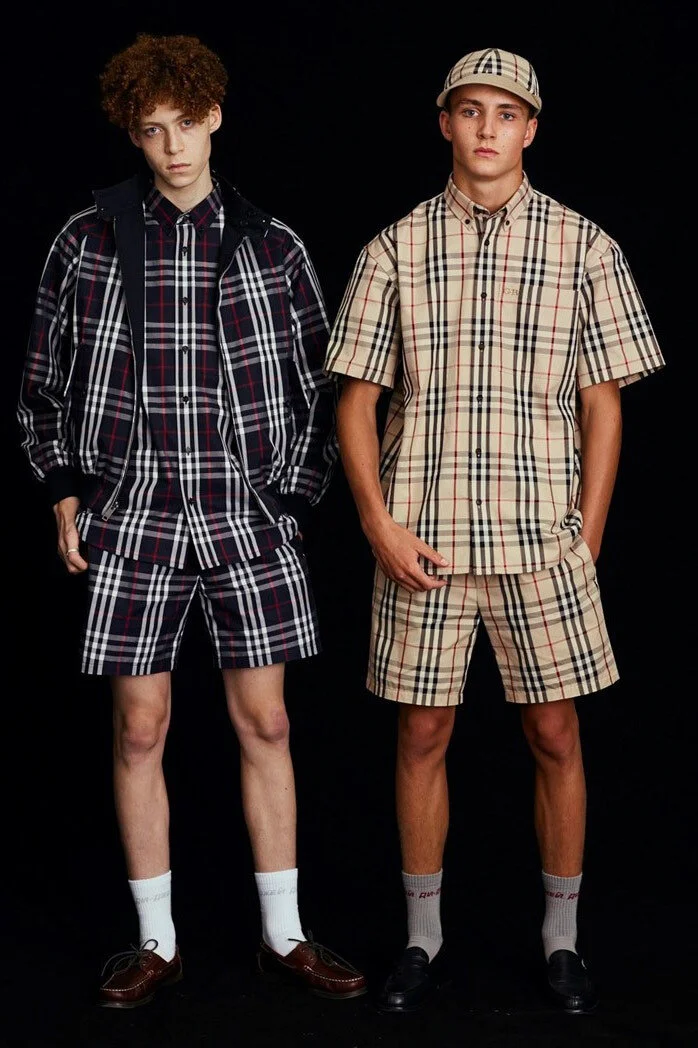Fashion brand collaborations have existed for nearly a century and are a key feature of contemporary fashion brand management. In addition to their functional benefits, collaborations provide symbolic benefits to brands and can help shift a brand’s image, providing opportunity for the negotiation of meaning by consumers. This process of meaning negotiation supports a semiotic view of branding whereby brands function as sign systems representing ideas, values, lifestyles and beliefs above and beyond the products and services that they sell.
Collaborations within fashion engage a wide range of entities including other brands, individuals, places, products and institutions. According to Uggla’s (2004 brand association base model introduced in this chapter, when brands collaborate they gain access to the symbolic transfer of meaning from partners. The chapter presents a case study of global fashion brand Burberry and suggests how collaborations can serve strategic and creative goals while facilitating dynamic consumer interpretations of the brand and what it represents.
In Cope, J. and Huggard, E. (ed.) 2020. Communicating Fashion Brands: Theoretical and Practical Perspectives. London Routledge.
References
Uggla, H. (2004) The brand association base: A conceptual model for strategically leveraging partner brand equity. J Brand Manag 12, 105–123.
Image source: https://hypebae.com/2018/1/gosha-rubchinskiy-burberry-spring-summer-2018-collection-lookbook
